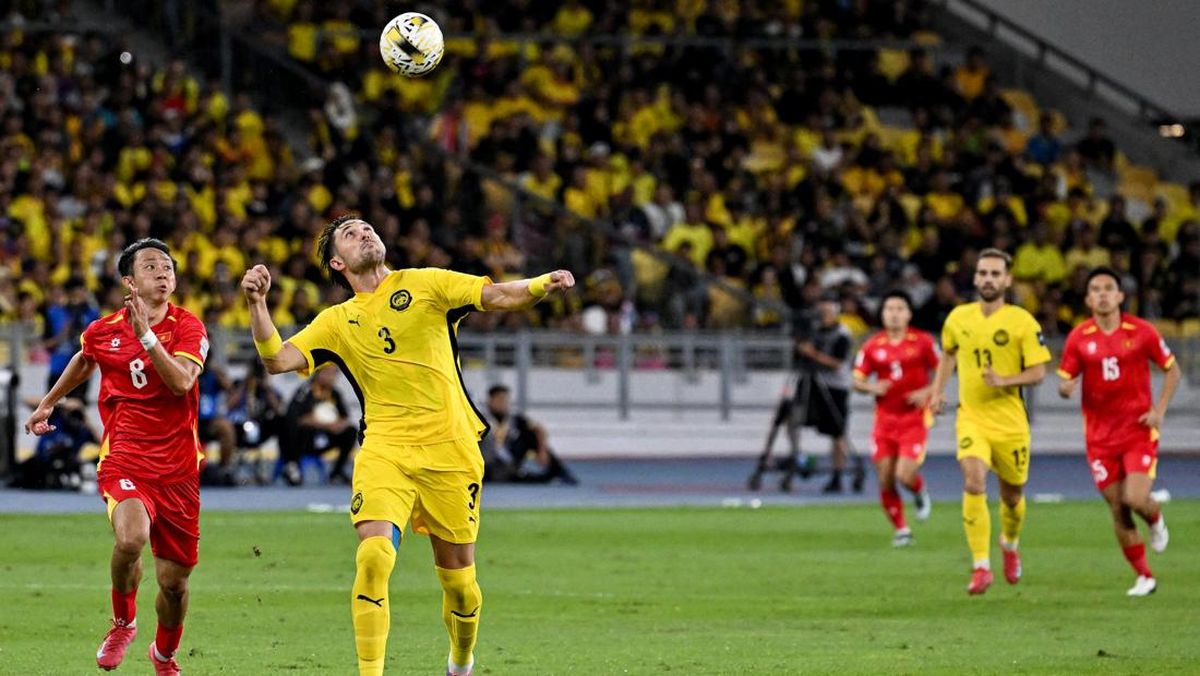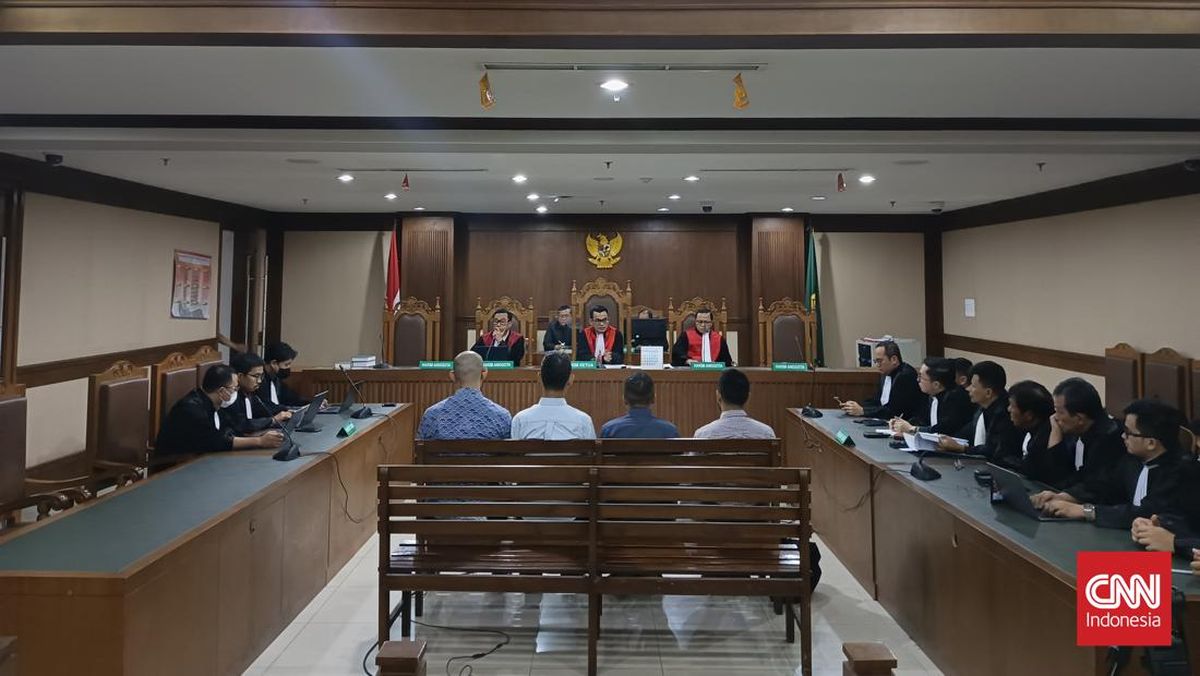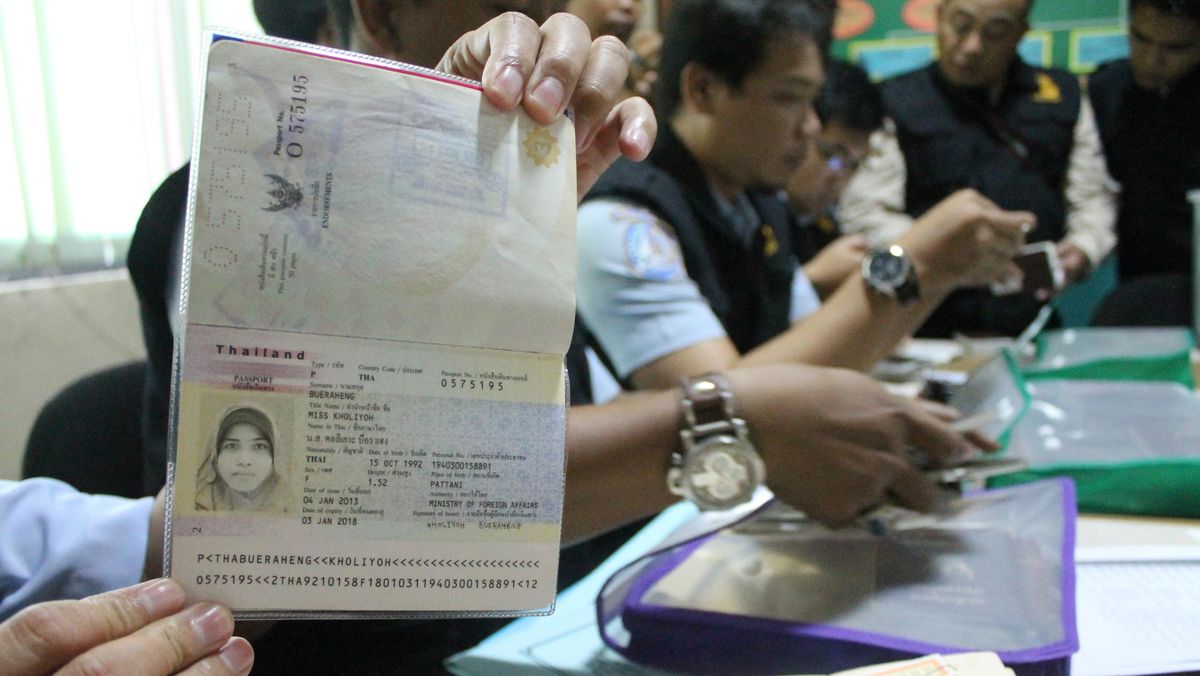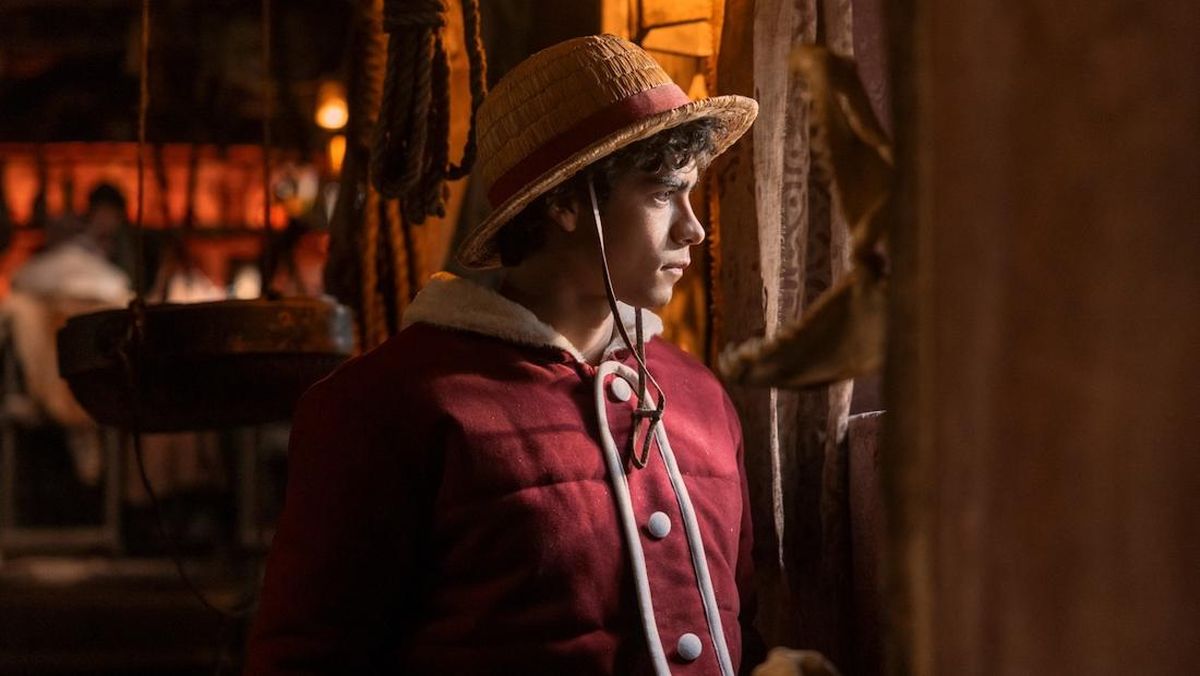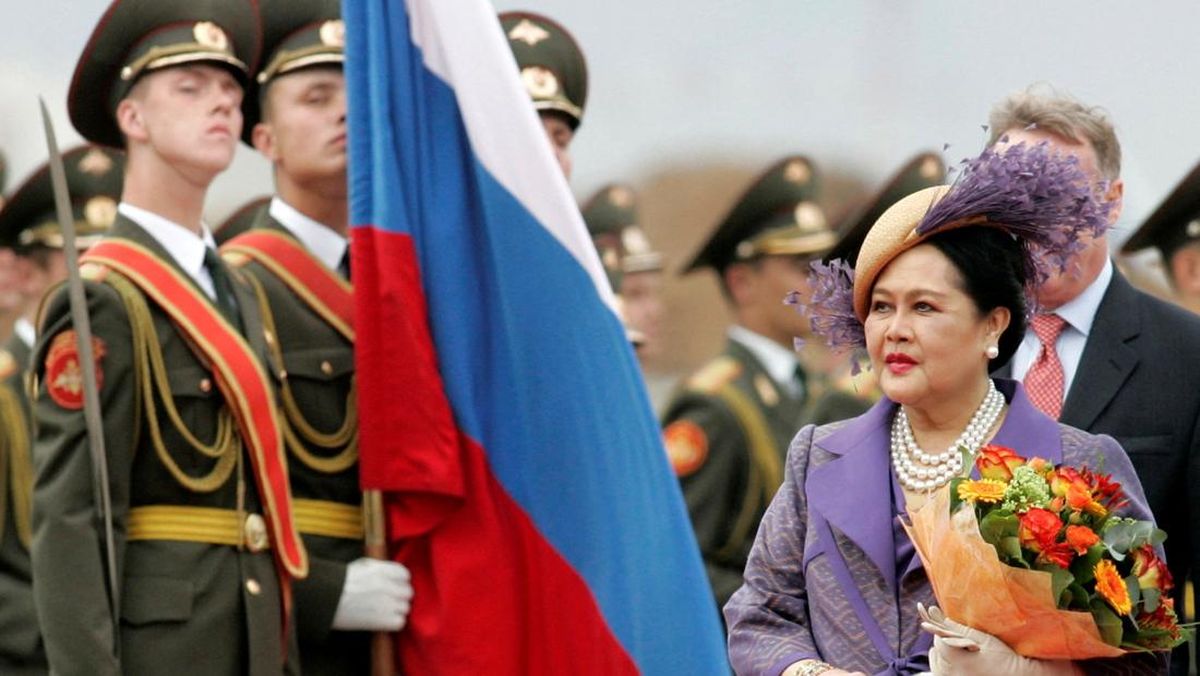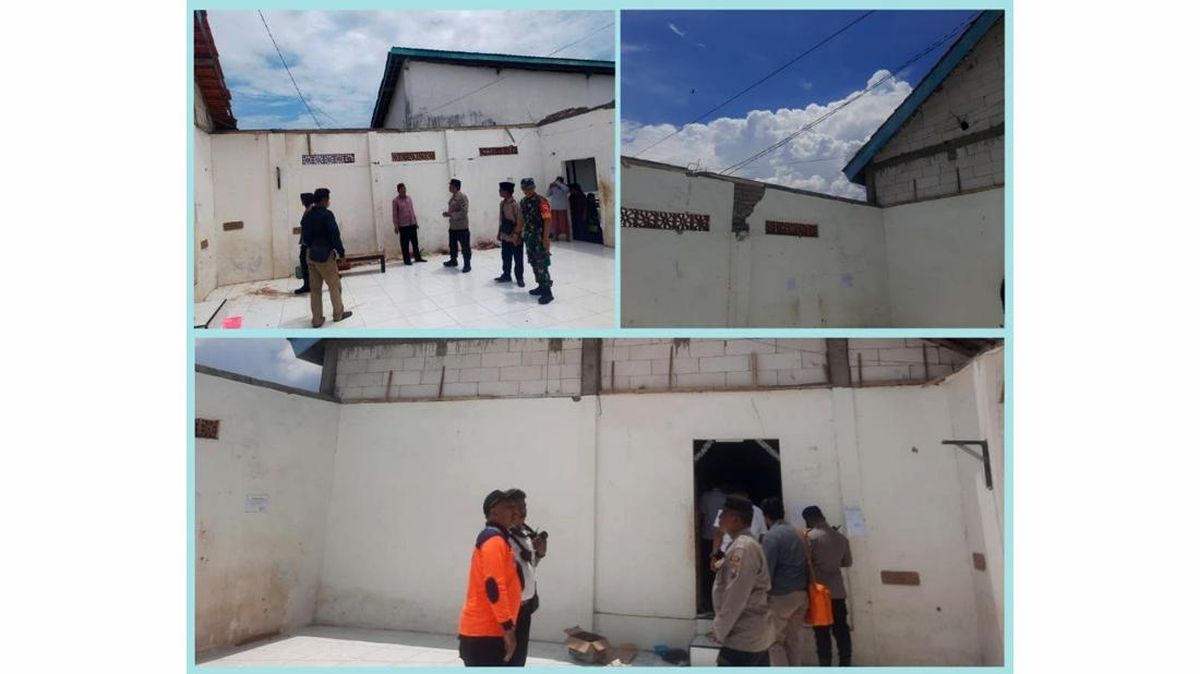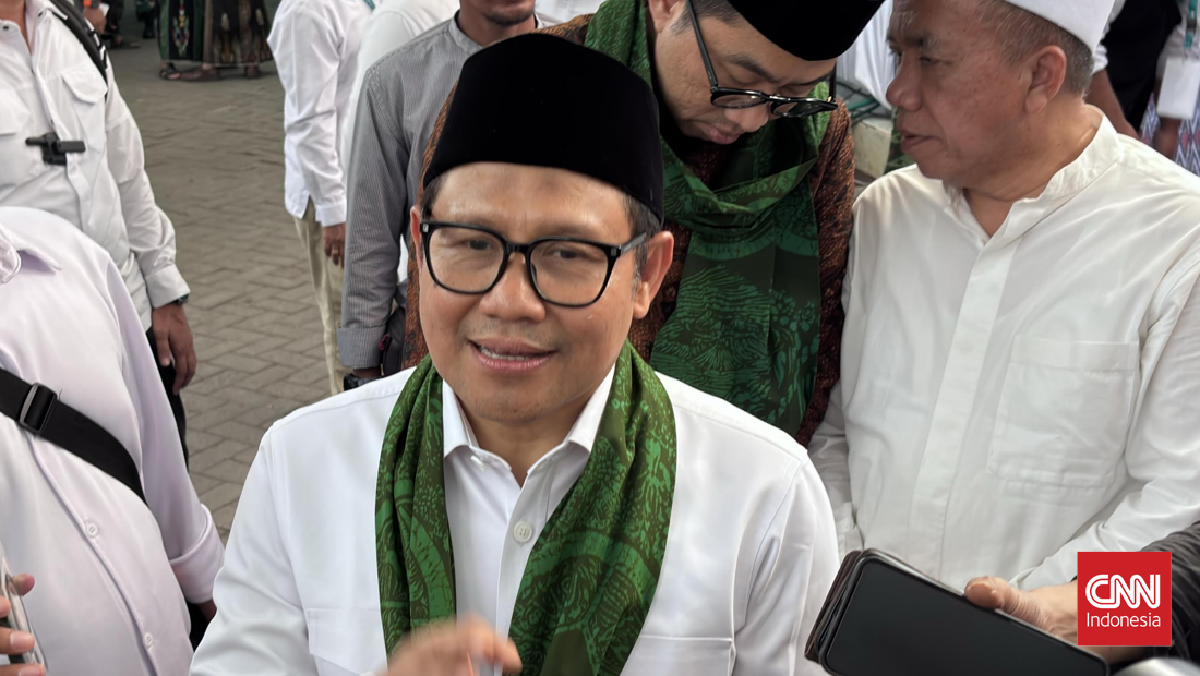Opinion
October 29, 2025 — 10.59am
October 29, 2025 — 10.59am
The revelation that eight schools in Queensland have taught the wrong Caesar for the ancient history external exam is devastating for the students, teachers and schools involved.
It has lit up parent WhatsApp groups and media comments sections with strident calls: “If it was my kid, I’d sue!” and “We are going to pay them more for this?!”
But before we rush to plunge the knife in (as the conspirators who assassinated Julius Caesar did millennia ago), let’s understand the issues at play.

Beware the Ides of October.Credit: Getty Images/iStockphoto
Understanding the Queensland System
Queensland has a long history of school-based assessment, with more than 40 years of using teacher-designed assessment, quality-assured by an expert panel. That was until the introduction of a new approach in 2019, which saw the reintroduction of external assessment designed by the Queensland Curriculum and Assessment Authority (QCAA), not by individual teachers.
Loading
The new system strikes a balance between the old and the new: teachers still design up to 75 per cent of assessment their students will complete, and these tasks are endorsed prior to use by a robust quality assurance process staffed by expert teachers. The final examination is worth 25 per cent of the students’ final mark, and the topic is selected and the exam written by the QCAA.
How could this happen?
This is the final year of the 2019 syllabus being taught and Augustus has been the EA topic for the past five years. All of the past exam papers available are on Augustus. However, a syllabus review and revision cycle took place across 2023/2024, and changes in the EA focus were widely discussed in both ancient and modern history.
The decision to change the EA topic in the final year of the old syllabus, rather than rolling it out as the first cohort of students working in the new syllabus reach Year 12 in 2026 (the current Year 11s), may account in part for this misunderstanding.
However, the QCAA published two memos, on the 30 August 2023 (054/23) and again on the 17 April 2024 (016/24) making clear that the 2025 exam topic is Julius Caesar. The Queensland History Teachers’ Association and other history teaching social media pages have teachers sharing resources and discussing approaches to the new EA focus on Julius Caesar.
What went wrong?
It is impossible to know as this story unfolds exactly what has happened at each school. However, there are a number of likely possibilities.
The teacher shortage crisis means that many secondary educators are working “out of field”, a problem which there seems little political will to address. If you are a trained legal studies or health and physical education teacher asked to step in when your history teacher colleague takes leave or resigns, the challenge of understanding a new syllabus, new content and new discipline-specific approaches is just as likely to make you burn out too.
Even if you are a qualified history teacher, if you work in a regional or remote school, you might be the only one for hundreds of kilometres. Your head of department (if the school is large enough to have one) or other managers may have no background in history. This means your best source of support is professional representative bodies like the Queensland History Teachers’ Association, who provide both professional development and an online community for teachers. However, schools are increasingly reluctant to pay for membership for their staff, meaning the financial cost of their professional development falls on them individually. (So maybe that payrise is warranted?)
The inexplicable
The pressures of teacher workload are not confined to regional and remote schools, however it is more difficult to understand how a large, well-resourced school like Brisbane State High School can have made this error, as they likely have more than one history teacher, a head of humanities, and other senior leadership with oversight of the senior curriculum delivery. Human error is definitely a factor in this instance.
The silver lining
The distress of the impacted students and the devastation of the teachers who made this error cannot be understated. However, this is a glimmer of hope. Unlike the NSW HSC, which is a 50 per cent exam which requires a great deal of content knowledge retention, the Queensland exam is weighted at 25 per cent, and is a response to stimulus paper.
These differences are a focus of ongoing research and discussion. Students are provided with up to 12 short historical sources, each with a context statement explaining the author, time and circumstances of the source’s production. They answer 4-5 questions. The QCAA itself advises:
“While knowledge about the topic supports student engagement with the questions and sources, no marks are awarded for recalling additional knowledge or terms outside the scope of the question and stimulus.”
The focus on the historical thinking of analysing, evaluating and synthesising evidence from historical sources means that students can still apply these skills to unfamiliar content. Of course, they will find it more challenging than their peers who have developed a foundational understanding of Caesar’s rise and fall. But this is the strength of Queensland’s focus on the cognitions for learning in each subject area – our students are taught how to learn and think, not simply regurgitate content.
Not a great day – but not a disaster either
The QCAA also has policies and procedures in place for students who experience illness or misadventure” impacting their ability to undertake the EA. This isn’t a great day, but it also isn’t an unprecedented or unmitigated disaster.
So perhaps we could put the knives down and instead ask how we can support these young people to focus on the things they can already do (the historical skills they have honed over the last two years), and on how these teachers were left without support or oversight that would have prevented this error occurring.
They are not blameless, but they are also not the only ones to blame – ultimately, this is another example of the pressures the Australian education system is under, which are driving people from the profession in droves.
This article was originally published on EduResearch Matters. Read the original article.
Most Viewed in National
Loading



